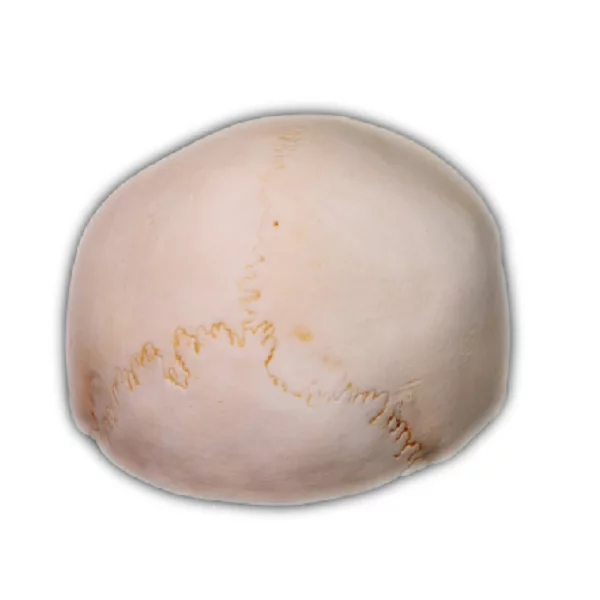
Warehousing efficiency plays a crucial role in the smooth functioning of supply chains and logistics operations. In this article, we will explore how the use of anatomical skeleton models can contribute to improving warehousing efficiency.
The Benefits of Anatomical Skeleton Models
Anatomical skeleton models are three-dimensional representations of the human skeletal system that provide valuable insights into its structure and function. These models offer numerous benefits in various fields, including medicine, education, and research.
Firstly, anatomical skeleton models serve as powerful educational tools for medical students and healthcare professionals. By studying these models, individuals can gain a comprehensive understanding of human anatomy, enabling them to make accurate diagnoses and perform procedures with precision.
Secondly, these models facilitate effective communication between healthcare professionals and patients. By visually demonstrating specific conditions or injuries on an anatomical skeleton model, doctors can explain complex concepts more easily to their patients.
Furthermore, researchers utilize anatomical skeleton models to conduct studies on biomechanics and ergonomics. These studies help improve workplace safety by identifying potential hazards related to posture or repetitive movements.
The Role of DIGIHUMAN in Warehousing Efficiency

DIGIHUMAN is an advanced technology that combines virtual reality (VR) with anatomically correct 3D printed body parts. This innovative solution offers significant advantages when it comes to enhancing warehousing efficiency.
DIGIHUMAN allows warehouse managers to simulate different scenarios within their facilities before implementing any changes physically. By creating virtual replicas of warehouses using DIGIHUMAN’s VR capabilities, managers can optimize layouts for maximum space utilization while minimizing travel distances for workers.
In addition, DIGIHUMAN enables training programs specifically tailored for warehouse employees. Through interactive VR experiences, workers can familiarize themselves with the layout of the warehouse, practice picking and packing tasks, and learn how to operate equipment safely. This immersive training approach enhances employee performance and reduces errors.
The Role of Cadaver Dissection Tables in Warehousing Efficiency
cadaver dissection tables are specialized workstations designed for anatomical studies. While not directly related to warehousing efficiency, these tables indirectly contribute by supporting medical education and research that ultimately benefits healthcare professionals working within warehouses.
By providing a dedicated space for cadaver dissections, these tables enable medical students to gain hands-on experience in understanding human anatomy. This practical knowledge translates into better diagnostic skills when dealing with workplace injuries or health issues among warehouse employees.
Moreover, cadaver dissection tables facilitate research on musculoskeletal disorders prevalent in physically demanding occupations like material handling within warehouses. By studying real human specimens on these tables, researchers can develop targeted interventions to prevent or alleviate such disorders among workers.
Conclusion
Anatomical skeleton models offer valuable educational resources for medical professionals while also contributing to workplace safety through biomechanics studies. The integration of technologies like DIGIHUMAN enhances warehousing efficiency by optimizing layouts and providing immersive training experiences. Additionally, cadaver dissection tables indirectly support warehousing efficiency by promoting medical education and facilitating research on occupational health issues. Embracing these advancements ensures that both the workforce’s well-being and operational effectiveness are prioritized within modern warehouses.


